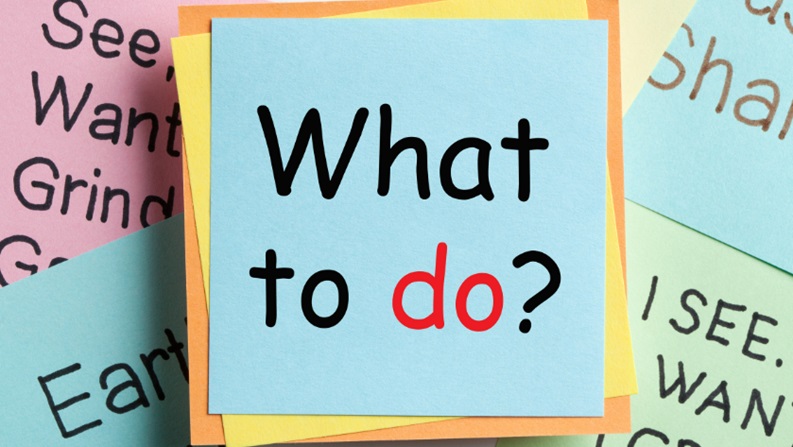Rapid Prototyping vs. ADDIE
ADDIE is the traditional model for creating a prototype. In an ideal world, where time is not a consideration, the ADDIE model works very well. It’s methodical and allows a prototype to be created one step at a time in a polished and methodical manner. However, in the real world, things often move quickly. Prototypes are needed in short periods of time. Rapid prototyping is a faster method for creating a prototype, but which is better?
The ADDIE Model
The ADDIE model steps must be carried out in order, one at a time.
They are:
- Analysis
- Design
- Develop
- Implement
- Evaluate
This process is time-consuming. It results in an understanding of the manufacturing process and potential challenges, but it takes quite awhile before an actual prototype is achieved.
Rapid Prototyping
Rapid prototyping has become more popular with the advent of 3D printing and CNC technology. Creating a prototype used to involve lots of time and expense creating tooling for the prototype. This created a desire for the initial prototype to be as close to perfect as possible.
However, today’s technology allows prototypes to be created much easier than before. There is less time and expenses involved in creating the initial prototype, so less care can be taken before it is created. It can be very helpful to move through the process quickly and have an actual physical part rather than spend lots of time trying to perfect the design before a prototype is created.
Advantages of Rapid Prototyping
The most obvious advantage of rapid prototyping is speed. It allows you to have a working model in your hands in a short period of time. This gives you a general idea of how the finished product will work, and can help you detect problems with the design that can be corrected with later prototypes.
It reduces design costs as well. Rapid prototyping allows you to produce a prototype at minimal cost. Money is also saved by saving time. Moving to manufacturing the prototype quicker means less hours spent trying to perfect the design before a prototype is made.
It also helps you market your product. If you are searching for investors, having a prototype at an early stage is very beneficial. You can also use the prototype to begin to give the public an idea of what they can expect with your product.
Rapid prototyping is an excellent way to create a prototype quickly and efficiently. You can then move into the next phase with a better understanding of how your product looks, feels, and operates in the real world.




